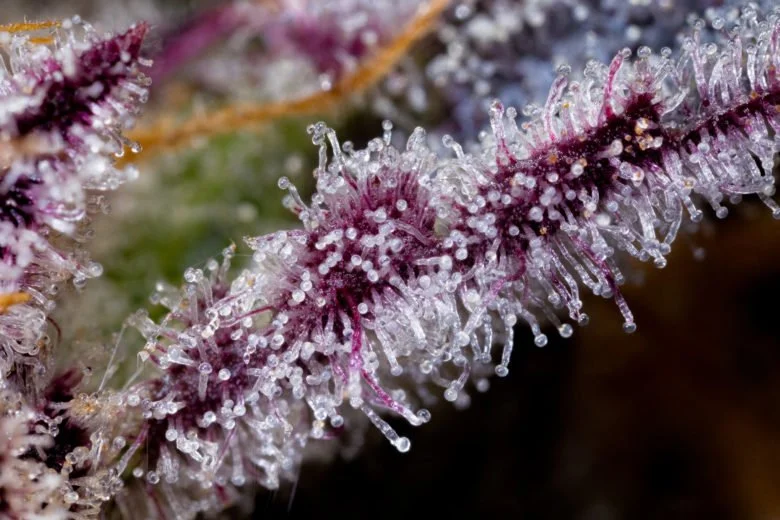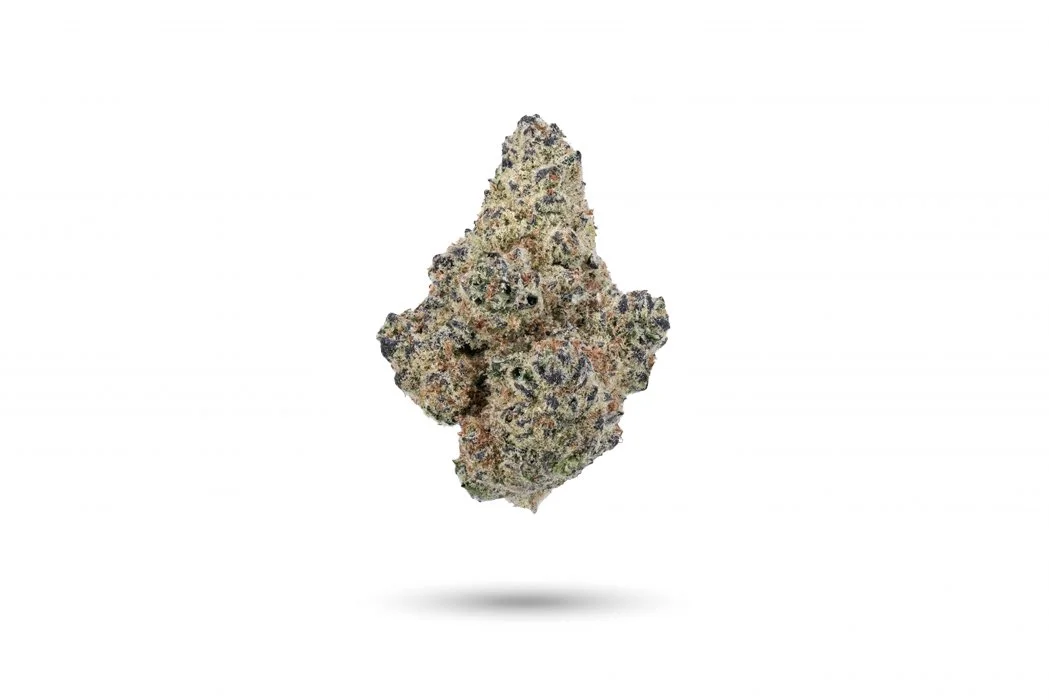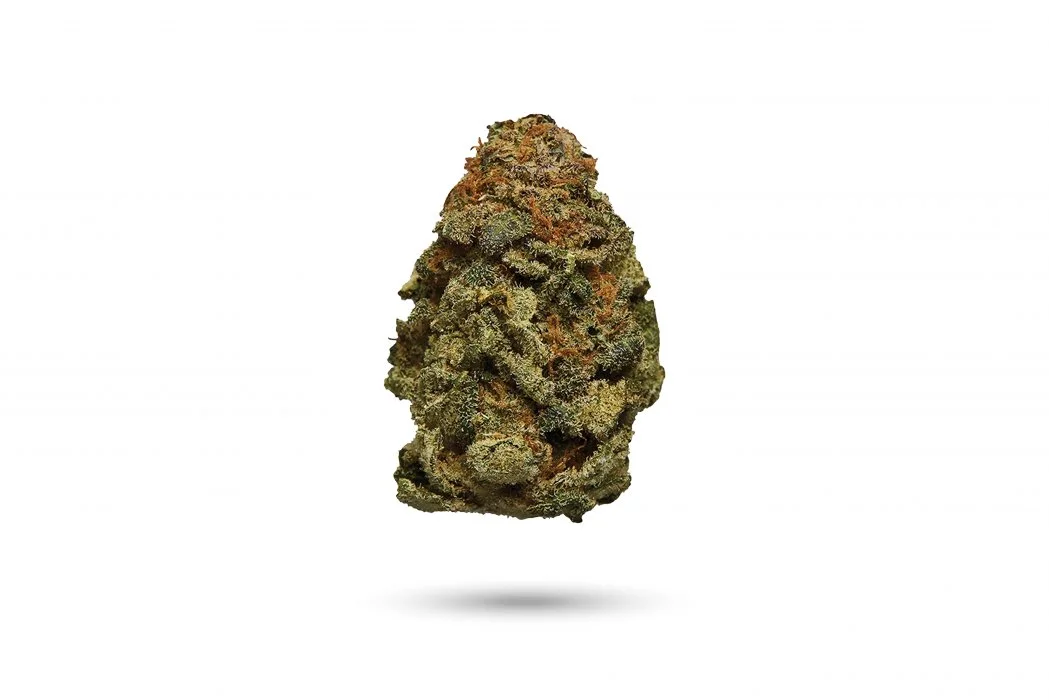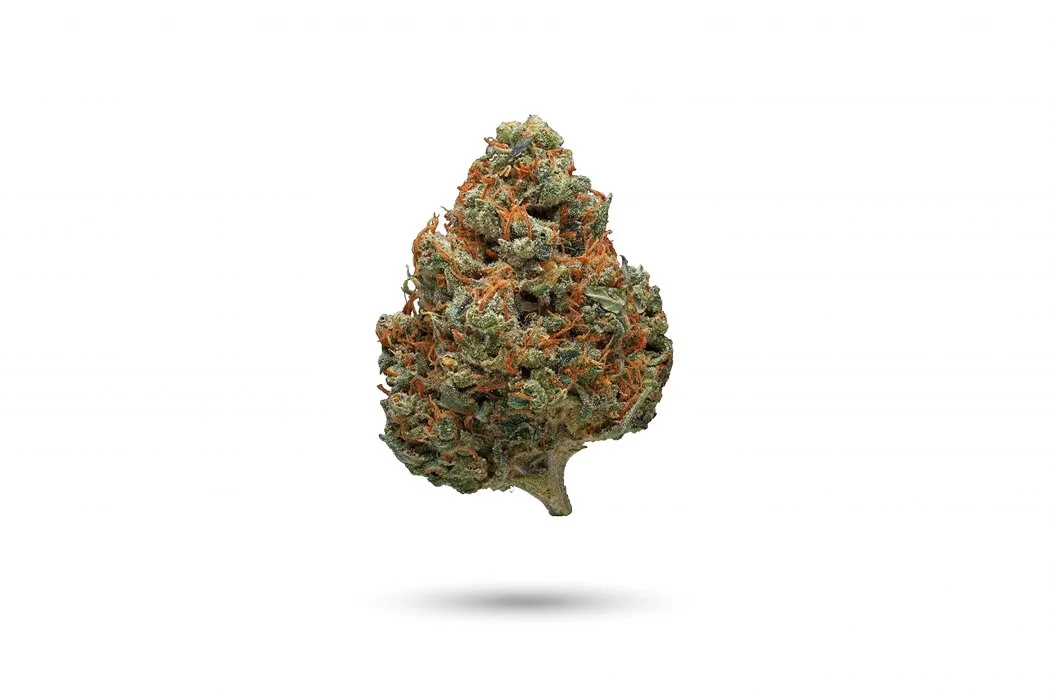Best Strain To Grow Outdoors In New York
New York City demands careful consideration when growing cannabis. Here are 5 strains to cultivate outdoors in the Big Apple.
Words by Damian Nicholas | 3 Minute Read
GREEN BODHI
As the cannabis cultivation scene continues to blossom in New York, many growers explore the best strains suited for the unique challenges of outdoor growing in the New York. The city’s climate characteristics—including humidity, temperature fluctuations, and a limited growing season—demands careful consideration when selecting cannabis strains. After some research, basically reading everything from reddit forms to strain characteristics, we’ve compiled a list of strain to cultivate outdoors in the Big Apple this summer.
Climate Considerations for the Northeastern United States
Cannabis typically requires around 3-4 months to reach maturity. For those residing in the Northeast, the best approach is to start preparing seeds in the spring and to plant them outdoors after the summer solstice. This timing ensures that the plants receive enough daylight to remain in a vegetative state before transitioning to flowering.
The crucial period for growth generally occurs in August when the plants begin to flower, resulting in the development of resin-coated buds. During this flowering stage, cannabis plants need a balanced cycle of 12 hours of light and 12 hours of darkness. Indoor growers can easily control this light schedule, but outdoor cultivation is subject to natural light conditions.
As the flowering phase begins, timing becomes critical. If a strain enters flowering in mid-August and takes around 60 days to mature, a harvest is expected by mid-October. The plants need to receive sunlight to enhance potency; however, growers must also be wary of the impending cold weather. The ideal window for harvesting in the Northeast usually falls between mid-September and early October.
When selecting cannabis strains for outdoor cultivation in the Northeast, it is advisable to opt for varieties that are resilient to mold and frost, mature quickly, and can adapt to varying climate conditions. Additionally, choosing high-yield strains can significantly increase the rewards for your efforts.
GREEN BODHI
ADVERTISEMENT
GREEN BODHI
Temperature
Successfully cultivating cannabis hinges on maintaining the right environmental conditions. Temperature plays a crucial role in the health of cannabis plants, with an ideal range between 65°F to 80°F. This climate allows for optimal growth and the highest potential for potency.
Humidity
Humidity, too, is vital in nurturing these plants. During the flowering stage, lower humidity levels are essential to guard against the hazards of mold and mildew. Specifically, early flowering requires humidity levels between 40% to 50%, while these levels should drop to 30% to 40% as flowering progresses into its later stages.
Growing Duration
Another important factor to consider is the duration of the growing period. Strains that mature quickly are generally more desirable, particularly in regions like the Northeast where weather can be unpredictable. Indica strains, which typically flower in 7 to 9 weeks, are excellent choices for growers seeking a swift turnaround for the Northeast climate. To ensure your cannabis plants thrive, it’s crucial to regularly monitor soil pH levels with a pH meter to avoid common nutrient deficiencies. Keeping these elements in mind will help you select the best strains suited for cultivation in Northeast climates.
CRAIG BARKER
Growing Tips for the Northeast
The cannabis strains highlighted below are well-suited to the local climate, but this is just the beginning. There are countless varieties to explore in this region, provided they meet the necessary criteria. However, selecting the right strain is only part of the equation. To truly thrive, your plants must be cultivated in the best possible conditions. Here are some key factors to consider for optimizing the growth of your favorite cannabis varieties.
Plant at the Right Time
The regional climate can vary greatly, particularly as summer draws to a close. For those aiming to cultivate plants outdoors, it’s essential to begin right after the final frost in spring, which typically falls around late May. Additionally, it's wise to complete your harvest prior to the onset of the first frost in autumn, generally expected by late September or early October.
Here’s the timeline:
March - April → Select and purchase your cannabis seeds. Start indoors under controlled lighting conditions.
Late April - May → The exact timing depends on the last frost date in your locality. During this period, you should harden off seedlings by gradually exposing them to outdoor conditions to prepare them for transplanting.
2-3 weeks after the last frost → Prepare your outdoor planting.
Late September - Early October → Harvest before the next frost arrives.
Choose Between Indoor vs. Outdoor Growing
Growing plants outdoors can be successful, but the climate in the Northeast often makes indoor cultivation a more reliable option. Indoor gardens offer better control over factors such as temperature, humidity, and lighting. To effectively monitor and manage these conditions, consider utilizing Smart Plant Sensors for real-time insights into plant health and environmental conditions. This controlled setting helps minimize the risks of pests, diseases, and adverse weather, promoting optimal plant growth. That said, many strains can thrive outdoors and be ready for harvest by mid-September. Autoflowering strains, known for their shorter flowering periods, are particularly suitable for outdoor growing in this area.
FP
Soil and Nutrient Recommendations
For optimal plant growth, use well-draining soil with a balanced nutrient mix. Enhance it with organic compost and perlite, which improves aeration and drainage. A Soil Block Maker is a valuable tool for creating soil blocks that reduce root disturbance and increase transplant success. Regularly test your soil's pH and nutrient levels to ensure an ideal growing environment.
Consider Pest and Disease Management
Regularly check your plants for pests or diseases and focus on fostering a healthy growing environment. Even pest-resistant varieties benefit from organic pesticides and fungicides for crop protection. Consider using Organic Pest Control Solutions for eco-friendly pest management. Proper ventilation and spacing help prevent mold and mildew, while a greenhouse can shield your plants from pests, diseases, and severe weather
How can I maximize yield and potency?
For optimal yield and potency, it's essential to provide your plants with sufficient light, nutrients, and water. Regular pruning is advisable to enhance airflow and light access. Additionally, employing training methods such as topping or Low-Stress Training (LST) can significantly boost both yield and potency.
1. Blueberry
Flowering time: 8–10 weeks
Average yield: 20-28 ounces
Blueberry stands out as a premier choice for New Yorkers seeking resilience and ease of growth. This Indica-dominant hybrid, a delightful mix of Afghani, Purple Thai, and Thai strains, boasts a THC content of up to 20% paired with 0.5% CBD. Its mold and mildew resistance are paramount for NYC’s humid summer climate, while its short flowering period of 8–10 weeks aligns perfectly with the city's growing schedule. Blueberry not only thrives outdoors but also delivers a generous yield, making it a reliable pick for both novice and experienced growers.
2. Northern Lights
Flowering time: 8–9 weeks
Average yield: 20-22 ounces
A true classic in the cannabis world, Northern Lights is an Indica-dominant strain renowned for its hardiness and adaptability. With a THC content of around 18% and 0.6% CBD, this strain is especially well-suited for New York's fluctuating weather. Northern Lights matures in just 6–8 weeks, allowing growers a quick turnaround, and making it a favorite amongst those looking to optimize their outdoor spaces. Its exceptional resistance to mold and pests ensures that city cultivators can harvest high-quality buds without the constant worry of environmental threats.
3. White Widow
Flowering time: 8–10 weeks
Average yield: 19-21 ounces
White Widow, a globally celebrated strain, excels in outdoor environments, particularly in the Northeast. This hybrid strain contains a balanced mix of sativa and indica genetics, with THC levels typically around 20%. Its rapid flowering time of 8–10 weeks makes it an attractive option for New York growers, while its robust nature offers resistance to mold and mildew—critical assets for the city’s humid summers. The strain’s rich resin production not only enhances its potency but also allows for bountiful harvests, appealing to both recreational and medicinal users.
4. Durban Poison
Flowering time: 8-10 weeks
Average yield: 25-30 ounces per plant
Hailing from the mountains of South Africa, Durban Poison is an exceptionally hardy sativa strain that can withstand various climatic challenges. Its earthy and sweet flavors paired with a THC content that can reach up to 23% make it a favorite among connoisseurs. While it has a longer flowering period of about 8–10 weeks, its resistance to pests and mold ensures that it performs well in New York’s unique environment. As many urban growers seek strains that deliver both potency and resilience, Durban Poison proves to be a worthy candidate for outdoor cultivation.
5. Critical Mass
Flowering time: 8-9 weeks
Average yield: 25-30 ounces per plant
For those seeking high-yielding strains, Critical Mass should be at the top of their list. A heavy indica with THC levels that can hit 22%, this strain is famous for its substantial buds and hefty harvests. Critical Mass flowers within 8 weeks, making it an optimal choice for the NYC outdoor growing season. Its robust morphology provides good resistance to diseases and pest pressures, essential for cultivators in an urban setting. With its impressive yield and quality, Critical Mass is perfect for growers looking to maximize their efforts.
Selecting the right cannabis strains for outdoor cultivation in New York City is crucial for maximizing your yield and navigating the region's distinct climate challenges. Strains like Blueberry, Northern Lights, and White Widow not only exhibit exceptional resilience but also offer impressive flavor profiles, making them ideal choices for both novice and experienced growers. With Blueberries mold resistance, Northern Lights' adaptability to pests, and White Widow's forgiving nature, each strain caters to specific concerns that may arise in outdoor environments. Furthermore, understanding the importance of hardy genetics and optimal flowering times can produce a successful harvest.
Planning on cultivating this summer? When your harvest is complete, let us know, your harvest could be featured and reviewed for the Strain Guide. At the moment, we can only accept New York residents' submissions. If interested, please email a photo of your harvest and strain info to us at submissions@frasspot.com. Happy planting!
Damian Nicholas
Editor-in-Chief, Frasspot
Damian Nicholas is the editor-in-chief for Frasspot. He manage all content, production, and consumer experiences across all platforms. He has contributed as editor-in-chief since December 2019.
May 21, 2025
More in Cannabis

















